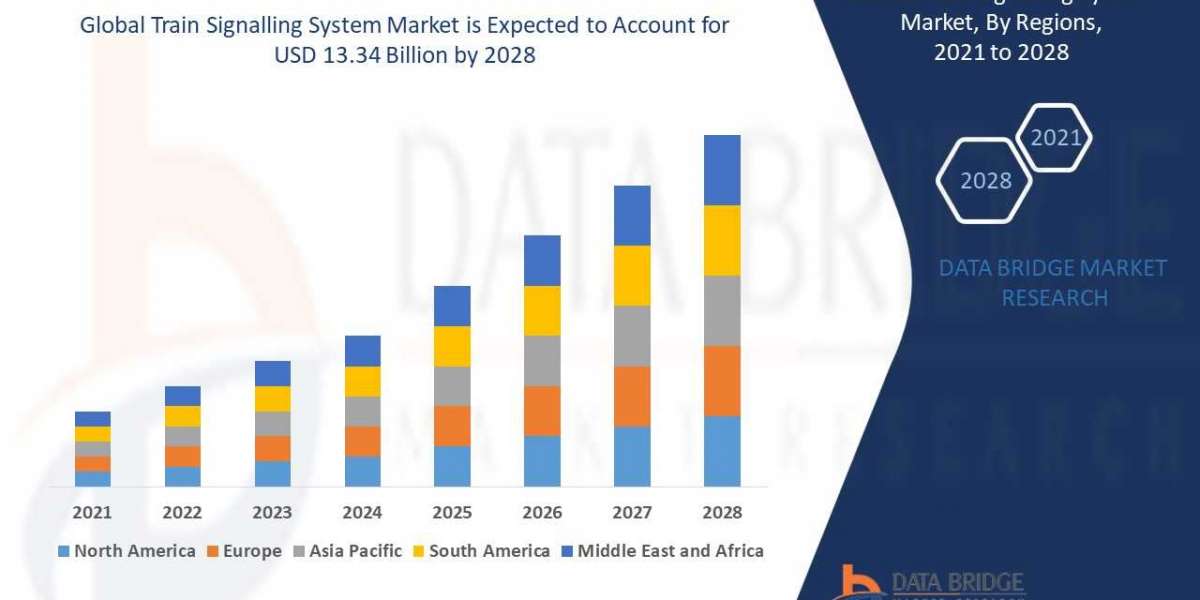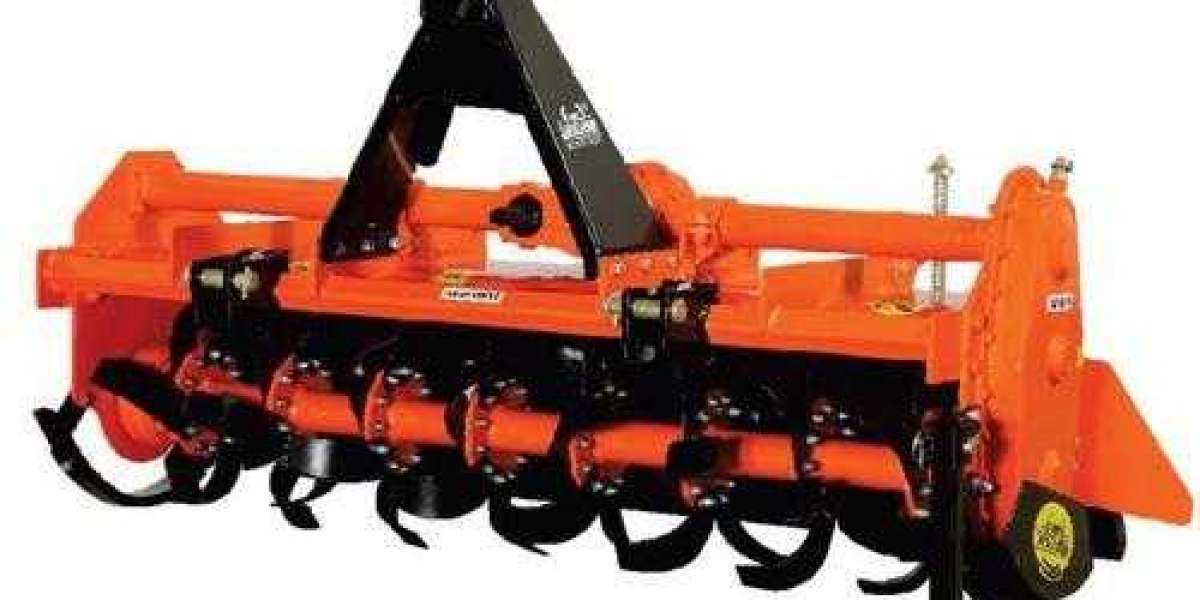The AI Agriculture market is a rapidly growing sector that leverages the power of artificial intelligence (AI) and advanced technologies to revolutionize farming practices and improve agricultural efficiency. With the global population expected to reach 9.7 billion by 2050, the demand for sustainable and efficient food production has never been more crucial. In this article, we will delve into the current state of the AI Agriculture market, its key drivers, challenges, and potential opportunities.
AI technologies offer immense potential to transform traditional agricultural practices by providing real-time insights, automation, and predictive capabilities. Machine learning algorithms and data analytics enable farmers to make informed decisions based on comprehensive data analysis. These technologies can optimize crop production, streamline operations, and minimize resource waste.
One of the key drivers behind the growth of the AI Agriculture market is the need for increased productivity and efficiency. By employing AI-powered systems, farmers can monitor and manage their crops more effectively. Sensors and drones equipped with AI algorithms can collect data on soil moisture, temperature, and crop health.
This information can be used to determine the optimal time for planting, irrigation, and fertilization, leading to improved yields and resource management. Furthermore, AI technologies enable the automation of labor-intensive tasks, reducing the reliance on manual labor. Robotic systems equipped with computer vision and AI algorithms can perform activities such as harvesting, sorting, and packaging. This not only increases efficiency but also addresses the challenges of labor shortages and rising labor costs faced by the agricultural industry.
Another significant driver of the AI Agriculture market is the increasing need for sustainable farming practices. AI-powered systems can assist in precision agriculture, where resources are allocated precisely based on specific field conditions. By minimizing the use of water, fertilizers, and pesticides, farmers can reduce environmental impact and improve the overall sustainability of their operations.
AI algorithms can also aid in pest detection and disease monitoring, allowing for targeted interventions and reducing the need for indiscriminate pesticide use. Government initiatives and supportive policies also play a crucial role in fostering the growth of the AI Agriculture market. Many countries recognize the potential of AI technologies in addressing food security challenges and promoting sustainable agriculture. Governments provide funding, grants, and incentives to encourage the adoption of AI in farming.
Collaborative efforts between agricultural institutions, technology companies, and policymakers further drive innovation and market expansion. Despite the significant potential, the AI Agriculture market faces certain challenges. One of the primary obstacles is the availability and quality of data. AI algorithms require large volumes of accurate and diverse data to train and generate meaningful insights.
However, data collection and management in agriculture can be complex, particularly in remote or developing regions. Ensuring reliable and secure data connectivity, as well as addressing data privacy concerns, is essential for the successful implementation of AI in agriculture.
The cost of implementing AI technologies can also be a barrier for some farmers. High upfront investment, coupled with limited access to capital and technological infrastructure, can hinder widespread adoption. However, as AI technologies continue to advance and become more accessible, costs are expected to decrease, making them more feasible for farmers of all scales.














